Research matters.
If there was one thing I could teach every entrepreneur in the world, it would be the importance of research. As discussed in a previous post, validating ideas is the key to creating a successful product or service, yet it’s the step most often skipped by people.
I won’t lie to you—research is a lot of work. You have to:
- figure out what data to collect
- how to collect it
- collect and compile results
- draw educated conclusions and extrapolate
What could possibly make the effort worth it? The end result, of course. Instead of guessing and creating a solution that either doesn’t work at all or no one wants, you’ll build a viable, sustainable solution you can be proud of.
How research makes a difference.
There are several ways research should be applied to innovation:
- To identify the community you’re serving—if you don’t know who specifically will be using your solution, you won’t be able to address their specific concerns in an implementable way. Don’t make assumptions here and don’t cast a wide net. According to Inc.com, you stand to find more success by serving a niche market than “everyone who’s interested”.
- To gauge desire/opinion of your proposed solution—just because you think someone wants what you have to offer, doesn’t mean anyone else does. In 1999, Cosmopolitan Magazine decided to launch a line of yogurt, assuming all their readers would buy. They didn’t, which is why you won’t see Cosmo yogurt next to the Yoplait at the grocery store.
- To discover societal/cultural barriers to implementation—your idea might be the exactly right to solve the problem, but if societal norms or cultural expectations deem the use of your solution unacceptable, it won’t matter how well it works. The Threshold Model of Collective Behavior states that peer pressure is more important that what someone believes. That means someone can see the evidence and know it’s the right thing to do, but if their threshold (the number of people who have to do something before they’ll join in) is low, it’s unlikely they’ll use your solution. Malcolm Gladwell discusses this in depth on his podcast, using the example of Wilt Chamberlain’s refusal to shoot underhanded free throws, even though he was more accurate doing so.
- To improve the design of your solution—you may learn somethings you didn’t know about the problem, which will only strengthen the result of your product. Phone screen size is a great example—can you imagine watching videos or scrolling through your social feeds on a screen that takes up even half the size of your current phone? Companies like Apple who regularly collect market research continue to adapt their screen sizes to better accommodate how people are using their devices.
Ultimately, research ensures you’re not only hitting the target, you’re hitting as close to the bullseye as possible.
How to approach your research.
Luckily, collecting data for most people is easier than ever. Buy using online surveys and connecting with people through forums, online organizations, and social media, entrepreneurs and researchers can distribute surveys to a large number of people in their target market.
If you’ve never designed a survey, I highly recommend you consult with someone who understands how to do this. The questions you ask and the way you ask them are crucial to producing accurate results.
It’s also important to understand how to read the results and draw statistical conclusions. If this is new to you or out of your wheelhouse, please heed my warning and find someone who can. This is absolutely something I can help with, so don’t hesitate to contact me with questions.
Get my Guide for Creating Global Solutions.
This process can feel overwhelming, which is why I’ve created a 6-step guide to help break it all down and get you started. With this tool, you can begin making your idea real. Just click the Subscribe button, fill out the form, and it will automagically appear in your inbox.









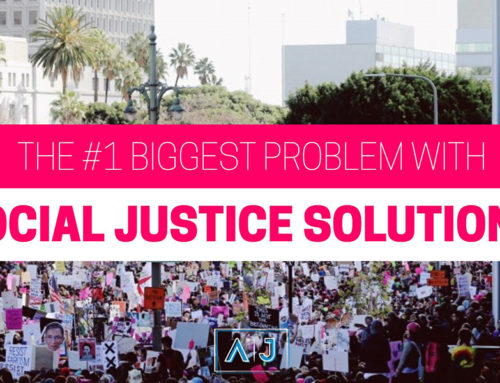


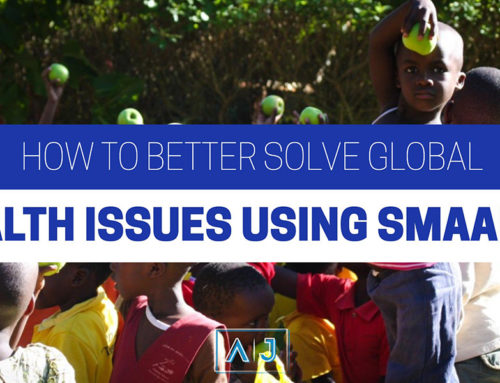
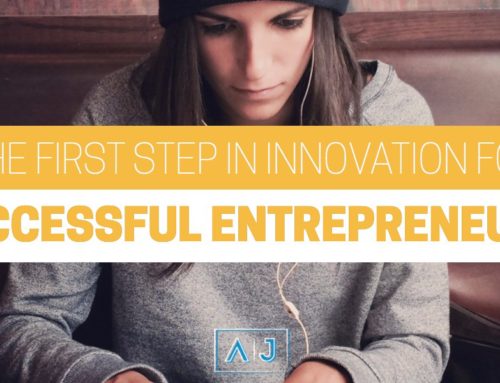
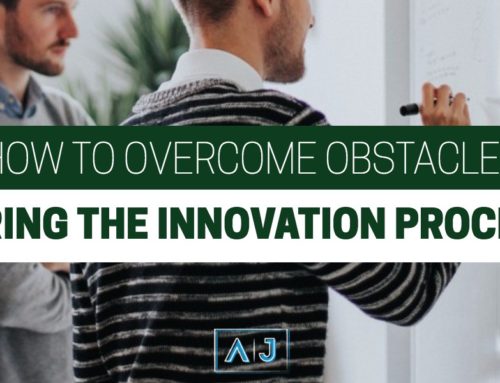
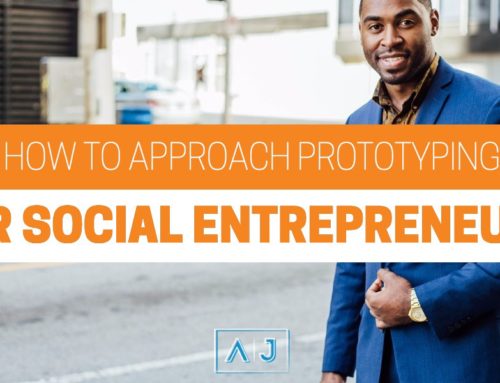


Leave A Comment